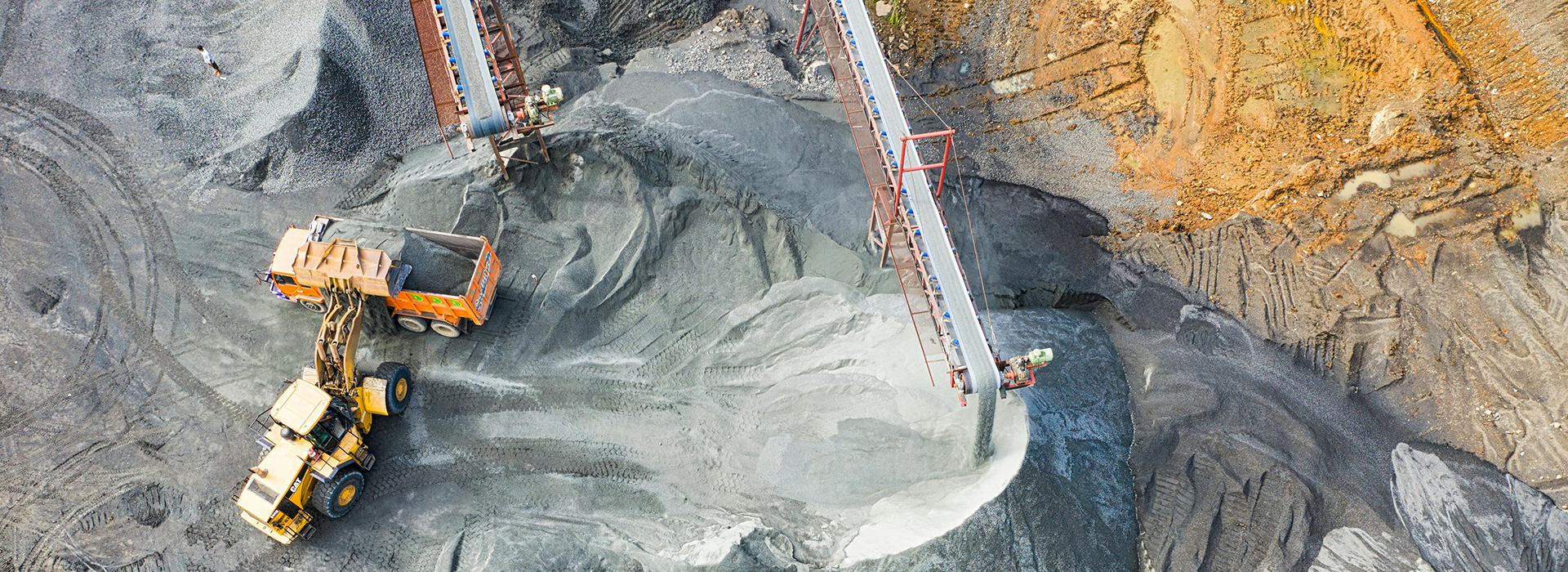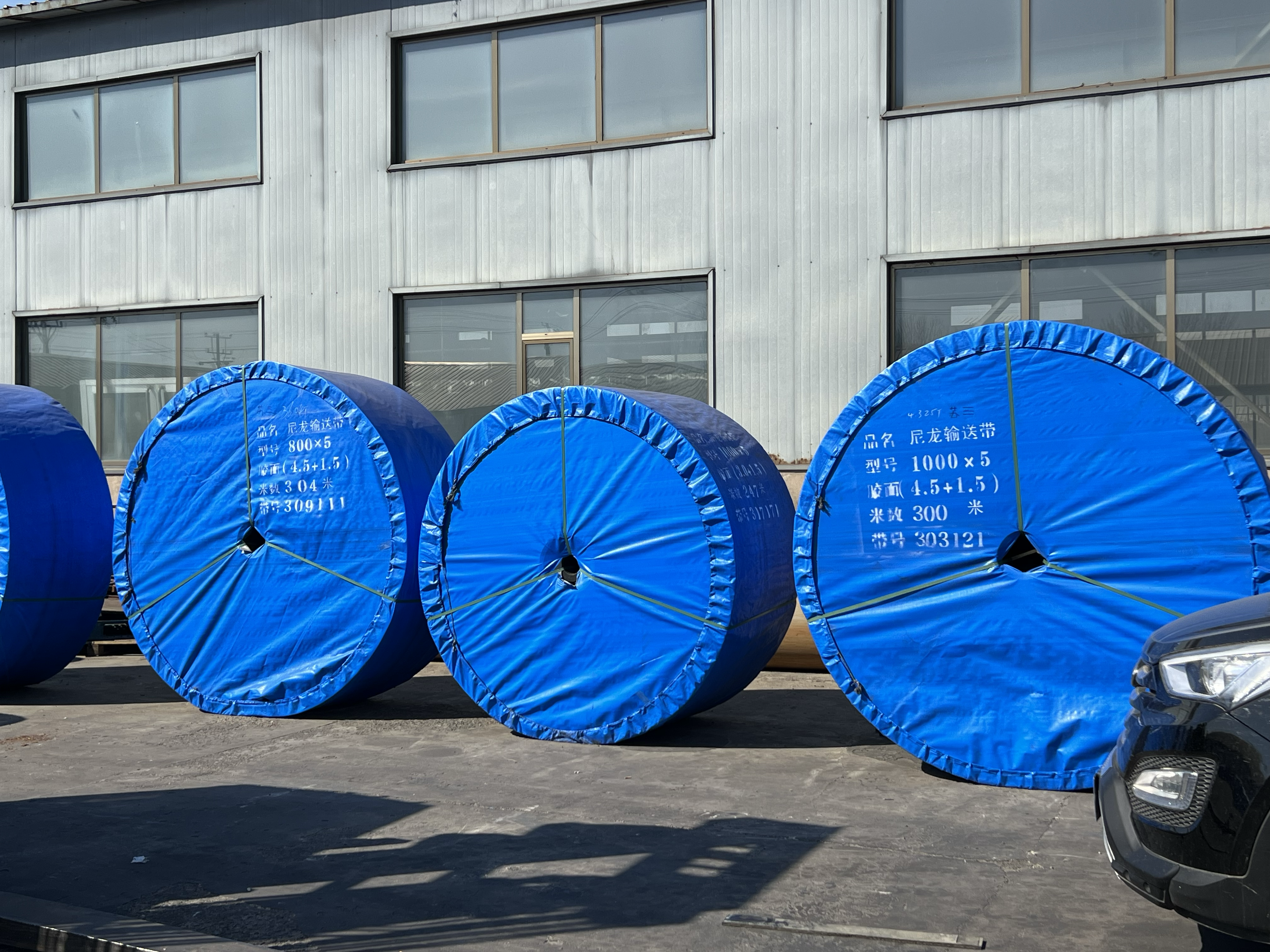
How to Adjust Conveyor Belt Misalignment
2025-08-27 10:041. Adjust the Loading Roller Assembly.
If the conveyor belt is misaligned in the middle of the entire system, the misalignment can be corrected by adjusting the position of the roller assembly.
During manufacturing, the mounting holes on both sides of the roller assembly are machined with elongated holes to facilitate adjustment.
The specific method is to move the roller assembly forward on the side of the conveyor belt that is misaligned, or backward on the other side. If the belt is misaligned upward, the lower end of the roller assembly should be moved to the left, and the upper end to the right.
2. Installing Self-Aligning Roller Assembly. Self-aligning roller assembly comes in various types, including center-rotating shaft, four-link, and vertical roller types. These work by using a block or roller to rotate horizontally to block or generate lateral thrust to automatically center the belt, thereby correcting misalignment. This method is generally more effective when the total length of the belt conveyor is short or when the belt conveyor is operating in both directions, as shorter belt conveyors are more prone to misalignment and difficult to adjust. This method is not recommended for long belt conveyors, as the use of self-aligning idlers can negatively impact the belt's service life.

Adjusting the drive and idler roller positions: Adjusting the drive and idler rollers is a crucial step in belt misalignment correction. A Conveyor Belt system typically has two to five rollers, and all must be installed perpendicular to the conveyor's centerline. Excessive misalignment will inevitably lead to misalignment. The adjustment method is similar to that for idlers. For the head roller, if the belt is misaligned to the right, the right bearing seat should be moved forward. If the belt is misaligned to the left, the left bearing seat should be moved forward. Alternatively, the left or right bearing seat can be moved backward. The adjustment method for the tail roller is the opposite of the head roller. Repeated adjustments are performed until the belt is in the ideal position. It is best to accurately position the drive or idler rollers before adjusting them.
4. Adjusting the belt tensioner: Adjusting the belt tensioner is a crucial step in belt conveyor misalignment correction. The two redirecting rollers above the weighted tensioning point should be perpendicular not only to the belt's length but also to the vertical line of gravity, ensuring their axial centerlines are horizontal. When using spiral tensioning or hydraulic cylinder tensioning, both bearing seats of the tensioning rollers should be simultaneously translated to ensure the roller axis is perpendicular to the belt's longitudinal direction. The specific belt deviation adjustment method is similar to that for the rollers.
5. The Impact of Material Drop Position at the Transfer Point on Belt Deviation: The material drop position at the transfer point significantly affects belt deviation, especially when the two conveyor belts are perpendicular in the horizontal plane. The relative height of the upper and lower conveyor belts at the transfer point should generally be considered. The lower the relative height, the greater the horizontal velocity component of the material, the greater the lateral impact on the lower belt, and the more difficult it is to center the material. This causes the material to deflect across the belt's cross section, ultimately leading to belt deviation. If the material deflects to the right, the belt will deflect to the left, and vice versa. During the design process, the relative height of the two conveyor belts should be maximized. In mobile bulk material conveyors with limited space, the design and dimensions of upper and lower hoppers, chutes, and other components require careful consideration. Generally, the width of the chute should be approximately two-thirds the belt width. To reduce or prevent belt deviation, baffles can be added to block material and change its direction and position.
6. Adjusting Bidirectional Conveyor Belt system Deviation Adjusting bidirectional belt conveyor deviation is significantly more difficult than adjusting unidirectional belt conveyors. Adjustments should be made first in one direction and then in the other. The relationship between the belt's direction of movement and its deviation trend should be carefully observed during adjustment, and adjustments should be made individually. Emphasis should be placed on adjusting the drive and bend pulleys, followed by adjusting the idlers and the material drop point. During vulcanization, ensure that the belt's cross-section is uniformly stressed along its length. When using a guide chain, ensure that the forces on both sides are as equal as possible.
